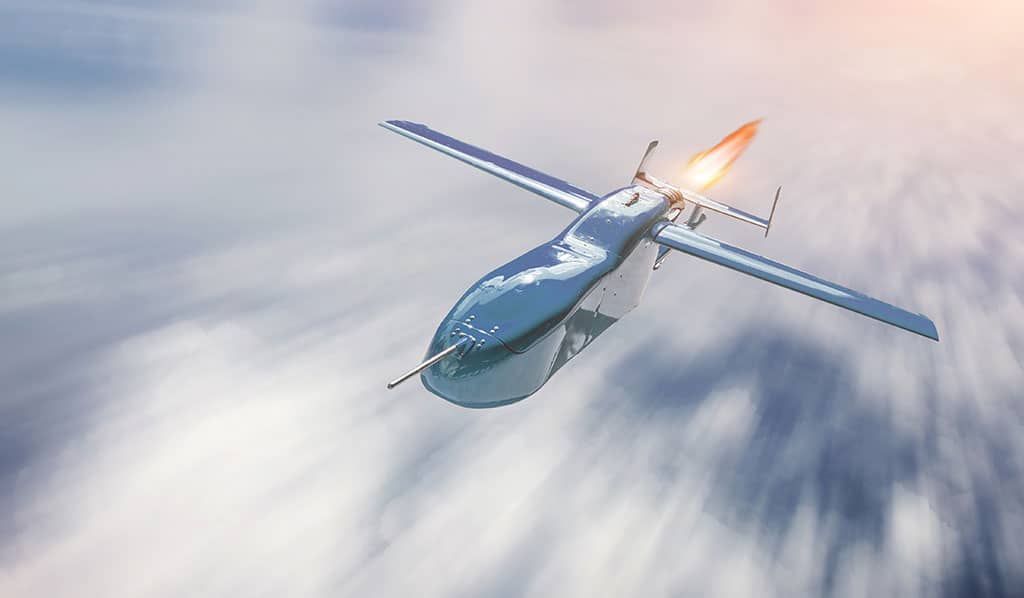The aviation sector may be on the cusp of major transformation. While it has continuously developed over the past century, new technologies are currently being developed that have potential for a transformative impact.
Drawing on the success of small, unmanned systems, combined with the pervasive success of ride-hailing apps, many see the growth of urban-passenger-carrying, autonomous or semi-autonomous aircraft as being a natural evolution in air travel.
Advanced Air Mobility (AAM) vehicles promise to be able to move people and cargo more quickly, safely and quietly than helicopters, and at a reduced cost. Furthermore, proponents predict AAMs could provide sufficient capacity to alleviate ground congestion and with a relatively low carbon footprint.
Two questions immediately come to mind. Can these vehicles provide efficiency at an affordable price? And, what is required to make the vision a reality? This article focuses on the second question, with an unapologetic bias toward questions of safety.

Challenges to Successful AAM Implementation
There are many hurdles to the AAM concept being successfully realized.
AIRSPACE MANAGEMENT
The existing airspace ecosystem involves a reliance on technology, combined with human interaction and skill. How AAM vehicles can coexist with low-flying helicopters and other piloted air traffic creates many issues.
Will onboard artificial intelligence coexist with traditional piloted aircraft using see-and-avoid traffic separation? Are distinct air corridors a potential short-term solution? NASA and others envision a digitized and connected traffic management system that not only caters to AAM craft, but to existing airspace users as well.
GLOBAL HARMONIZATION
Regulators around the world have failed to implement one common set of rules for small Unmanned Aircraft Systems (UAS). While the local nature of most UAS missions might provide justification, a lack of cross-border parity of regulations has created a confusing environment.
It would be a mistake to allow numerous rules for AAM since the scope and reach of the technology is yet unknown. Furthermore, it is easy to predict how these vehicles must interact with aircraft in venues like major airports.
GROUND INFRASTRUCTURE
Many envision using existing structures for managing flight traffic (tops of buildings, multi-level parking lots, under-utilised piers, etc.). Others plan to use purpose-built vertiports, where operators can share space and cost. Whatever the answer, the relatively few downtown heliports in cities today should be a sobering data point. Adding to the challenge is the likely need to provide fast-charging stations, security checks and a set of contingency landing sites in case of in-flight emergency.
REGULATION AND CERTIFICATION
Still recovering from the unfulfilled vision of Very Light Jets (VLJs), most regulators are taking a measured approach to AAM. Reluctance to chase the next big thing is not their only reason for hesitation, however.
With air travel becoming significantly safer each decade, regulators are disinclined to allow unproven aircraft to operate in our skies. Contributing to their reluctance is the less-than-stellar record of UAS. While human failure is a factor in many unmanned accidents, the fallibility of the aircraft systems should not be underestimated.
Regulators have a herculean task in establishing aircraft safety/certification criteria and pilot requirements for such a wide variety of designs. To ensure safety, the industry must take a crawl, walk, run approach, especially where passengers are involved.
The aviation industry has flourished to a great degree because it was prepared to take risks and to continually push boundaries. Maintaining progress against an unparalleled period of overall industry safety places an additional burden on AAM visionaries.
ALTERNATIVE POWER PLANTS (APPs) AND AERODYNAMIC INNOVATIONS
Some AAM companies are using existing airframes and aircraft models as testbeds for APPs. Others are going with a ground-up approach, designing aircraft that use both vertical and horizontal thrust and any number of rotors, as well as electric and hybrid power plants. Either way, the complication of introducing aircraft equipped with new power sources makes the regulatory and practical task of adoption harder still.
SOCIAL ACCEPTANCE
Also important is the need to convince residents of impacted communities of the benefits of additional air traffic. Noise concerns and questions around privacy, safety on the ground and infrastructure cost will arise. Persuading potential passengers of the safety of AAM vehicles will require effort as well.
Social acceptance does not end there, however. Persuading potential passengers of the safety of AAM vehicles will require time and commitment.
INVESTMENT
Although many of today’s start-ups are backed by deep pockets, the companies currently competing to win the race to commercial realization face strong headwinds. Those involved need to strap in for a long ride to reap the benefit of the USD17.7 billion market predicted for 2040 by Deloitte Insight’s 2019 report.
Patience and Collaboration Will Be Key
The diverse technologies required for the development of Advanced Air Mobility already largely exist. The challenge is in bringing them together in a way that satisfies regulators and the wider population. There is still a long way to go before we see aviation as an extension of our favorite ride-hailing app or as a simple, affordable way to get to the airport during rush hour.
Stakeholders need a steady hand and a collaborative approach to shepherd in the next phase of aviation in a safe and sustainable manner.